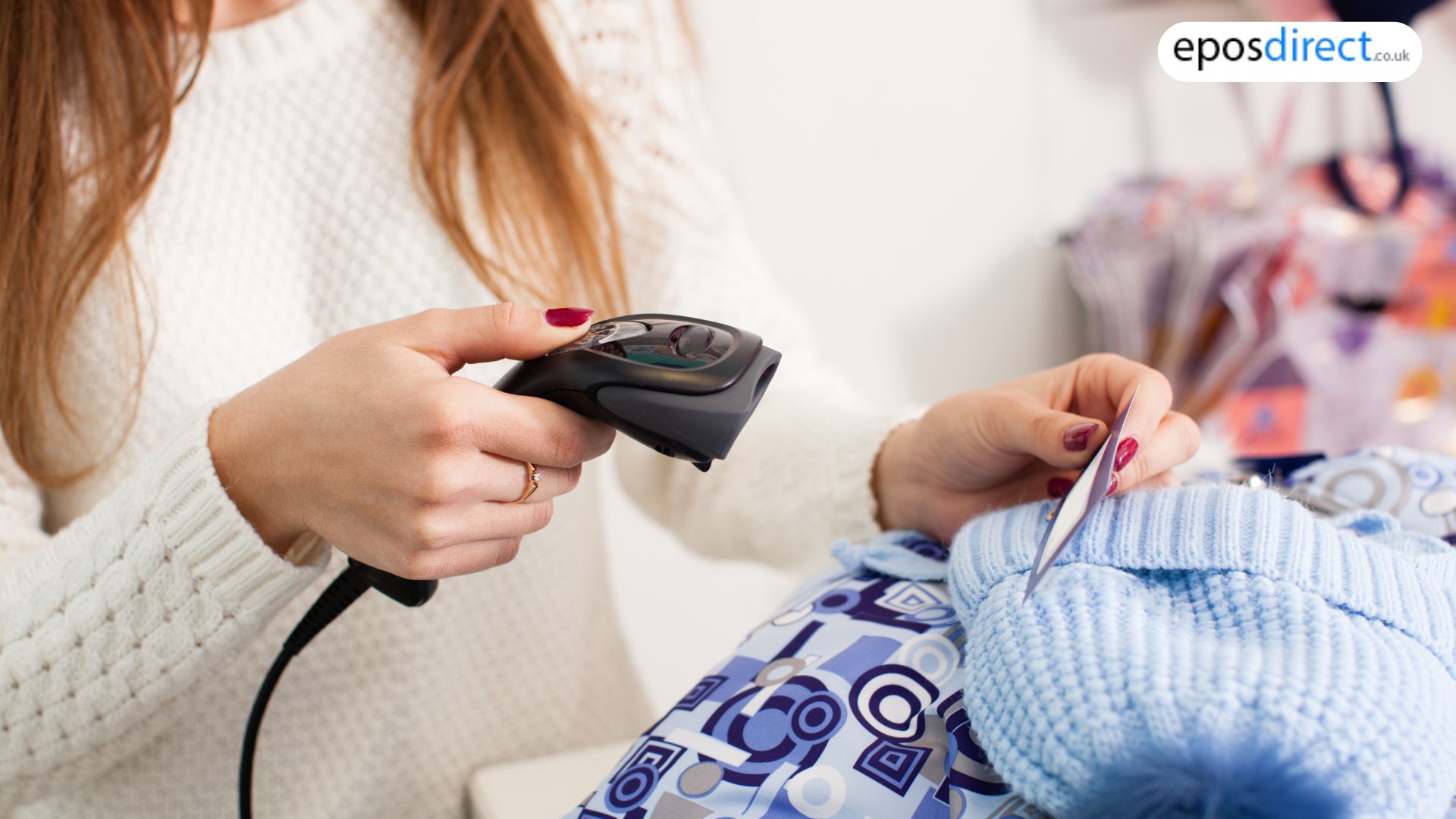We use cookies to make your experience better.
To comply with the new e-Privacy directive, you agree to the privacy policy and our use of cookies
How Does Epos System Work?
So, how does an Epos System work? Regardless of the way, the systems are designed and meant to be used. Each merchant will use the epos in a way based on their specific business needs. Why? Since no epos system will work exactly the as it would if you have designed it.
The key is to do all necessary research and go for the epos system that works according to your requirements and understand your issues are — features you absolutely can't live. Regardless of the POS, you choose a few essential components that are available in all reliable point-of-sale systems.
Setup Epos System
Foremost, learning how a POS system functions are becoming familiar with the setup process. It will comprise physical hardware components and epos software along with system data. Once the account is set up and made through your POS supplier, you (or the supplier, depending upon the agreement) can get everything by adding stock, employees, customers, or whatever else that needs to be customized to your business.
The hardware part of the equation will vary depending on your specific business needs. For instance, in a retail business using a cloud-based solution like Epos Direct, your POS terminal will be a cash register that will run the software to manage sales. In the most common solution, it will connect with a cash drawer, a receipt printer, and a barcode scanner — all of these are known as epos accessories. All these epos accessories are configured to interact with the epos software. It is possible in different ways depending upon which peripherals you are using. For instance, pairing a Bluetooth barcode scanner with the cash register would be similar to a Bluetooth headset on your mobile phone. The data communication avenue (Bluetooth) is something similar therefore, the setup process will be the same.
Sales and Returns
Similar to the standard electronic cash registers, you should be able to perform the fundamental business functions of sales and returns with your epos system.
If working in the retail sector, ringing up an item with a barcode scanner is basic. You will scan the UPC of the product, and the product information — like name, price, and tax — will populate in the POS. In case you do not have a barcode scanner (even though your business falls under retail). With Epos Direct, you can physically add a product to a transaction by tapping on the corresponding button or searching for it by name. Once all the products are added to the order, you will choose the payment method and close the sale.








